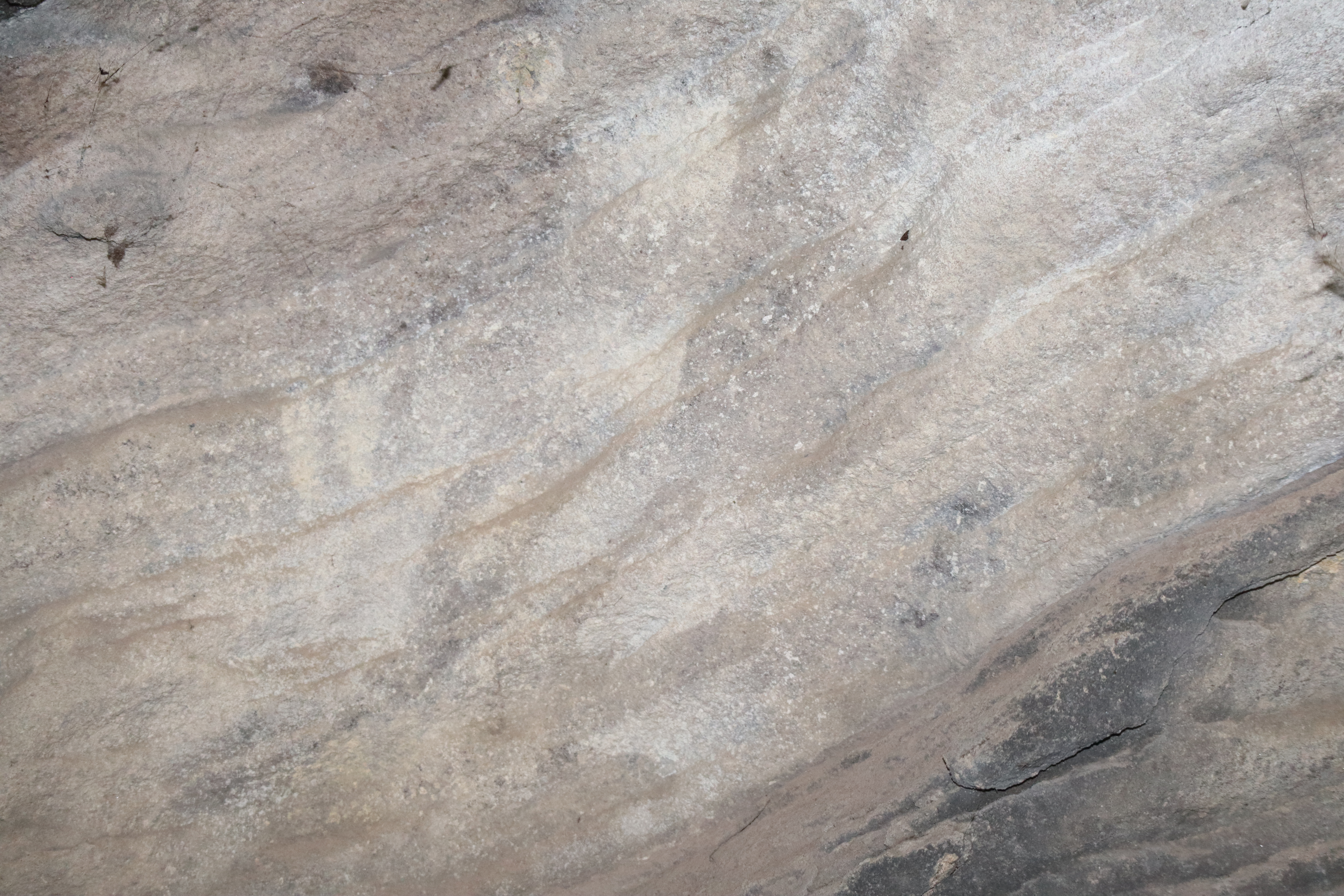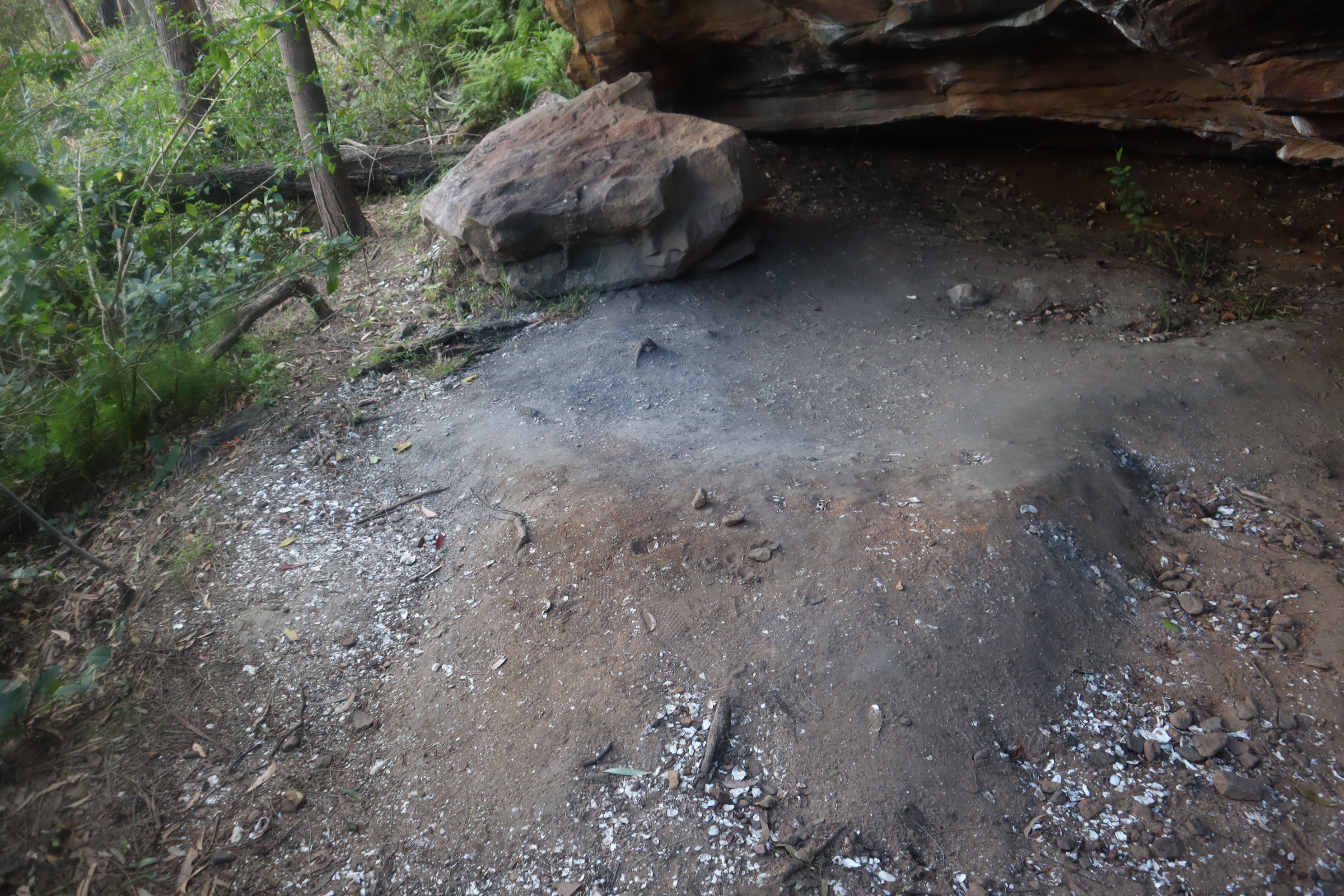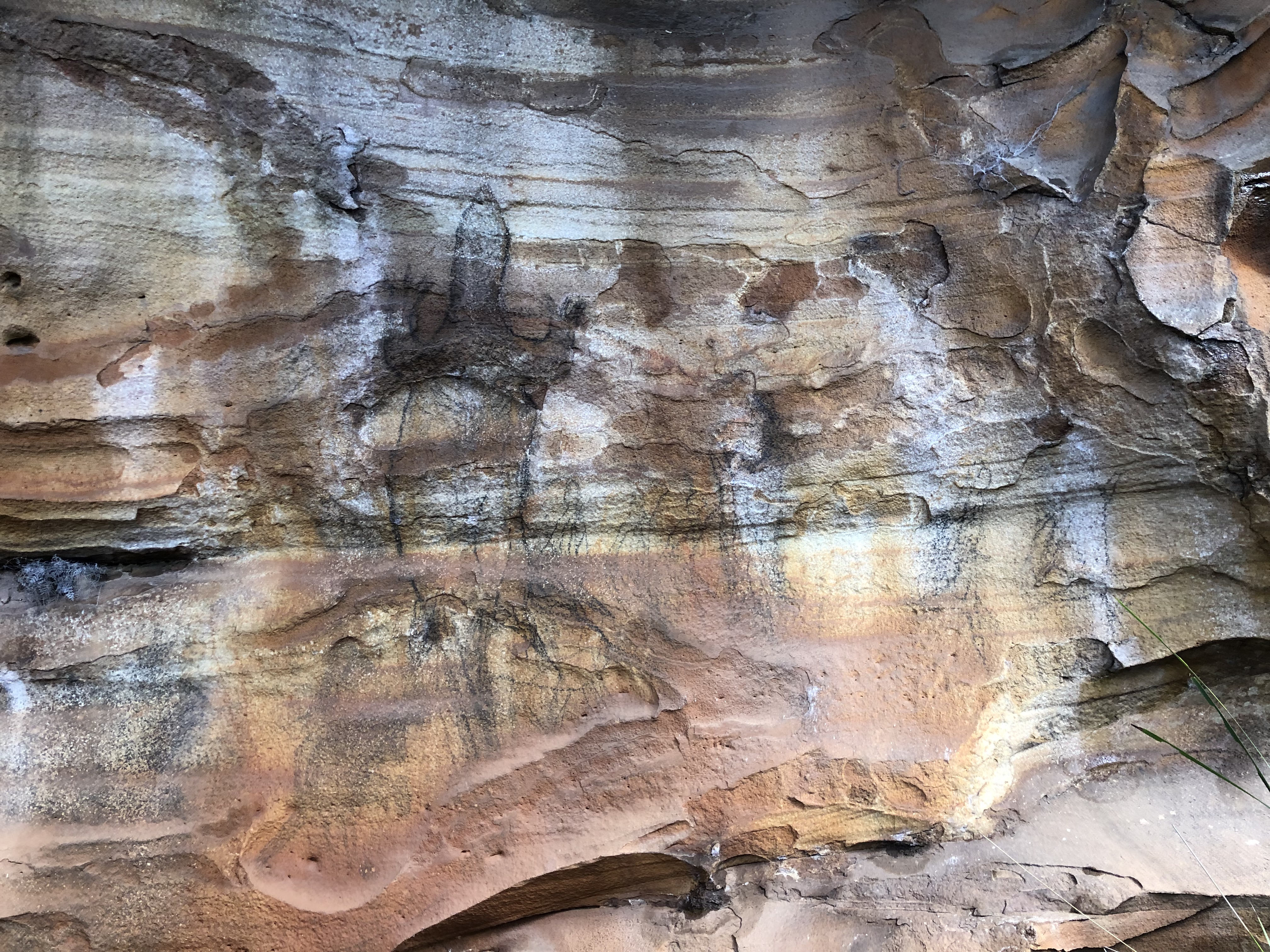We can all contribute to the protection of Aboriginal cultural heritage by respecting its presence in the landscape and minimising our impacts.



Did you know?
Aboriginal people used sandstone overhangs for shelter and meeting places. Some sandstone shelters around Sutherland Shire contain artwork and hand stencils. Some of these are so faint they are barely visible, but sandstone shelters are highly valued by Aboriginal and non-Aboriginal people.
Climbing on or defacing Aboriginal shelters or artefacts is illegal and fines apply. Take care when walking through shelters and leave them the way you found them.
A good shelter provides protection from the elements and is dry when it rains. A level earthen floor makes for a comfortable place to sleep. A hard sandstone surface is suitable for artwork and hand stencils.
The features that make a good climbing rock or cliff face, also known as a crag, are also characteristic of Aboriginal shelters. If your crag has these features, you are likely climbing on an Aboriginal site.
Aboriginal shelters near estuaries usually contain middens. Shell middens are a thick, compacted layer of shells and charcoal. The shells are the result of accumulated meals of local shellfish, and include oysters, cockles and mud whelks.
Some shelters may contain only a few shells. Shells and other objects present in shelters provide information about Aboriginal culture and are a direct link to the past.
It is an offence to harm, damage or desecrate an Aboriginal artefact or place, regardless of whether you know its significance. Fines of up to $22,000 for individuals apply.